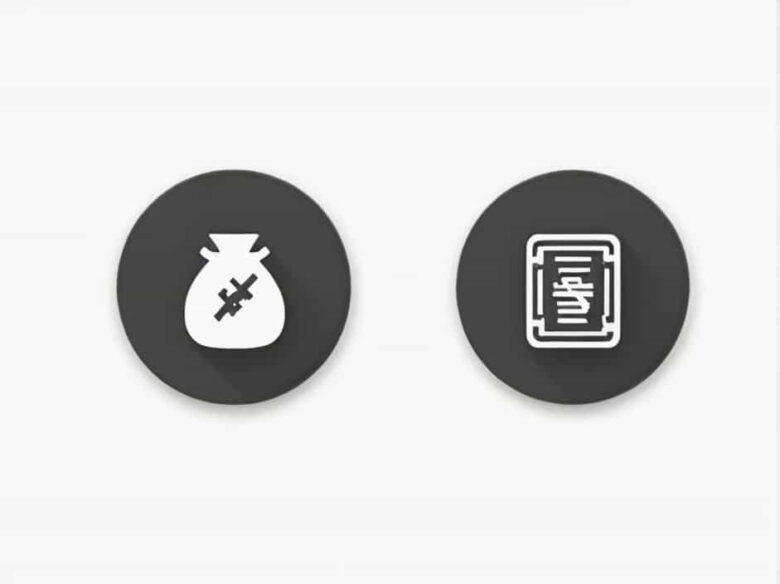Economic theories shape government policies, influence markets, and impact global financial stability. Among the most debated economic theories are Keynesian economics and supply-side economics. While both aim to enhance economic growth, they take fundamentally different approaches. This content explores the key differences between these two schools of thought, their principles, advantages, and criticisms.
What Is Keynesian Economics?
Keynesian economics is an economic theory developed by John Maynard Keynes during the Great Depression. It emphasizes the role of government intervention in stabilizing the economy. Keynes argued that during economic downturns, consumer demand decreases, leading to lower production, higher unemployment, and economic stagnation.
Key Principles of Keynesian Economics
-
Government Spending and Fiscal Policy
Keynesians believe that government spending can boost demand and create jobs. When private sector spending declines, the government should increase public spending to stimulate economic activity. -
Aggregate Demand Drives Growth
According to Keynes, aggregate demand (total demand for goods and services in the economy) is the primary driver of economic growth. Higher consumer spending leads to increased production and job creation. -
Short-Term Focus
Keynesian economics focuses on short-term economic fluctuations, arguing that governments should intervene during recessions and reduce intervention when the economy stabilizes. -
Multiplier Effect
When the government spends money, it creates a multiplier effect an increase in spending leads to further economic activity, multiplying the initial investments impact.
Advantages of Keynesian Economics
- Reduces Unemployment: Government spending can help create jobs, reducing unemployment during economic downturns.
- Stabilizes the Economy: Active government intervention prevents extreme economic fluctuations.
- Encourages Consumer Spending: Increased government spending and lower taxes boost consumer confidence and demand.
Criticisms of Keynesian Economics
- Risk of Government Debt: Increased public spending can lead to high government debt if not managed properly.
- Inflation Concerns: Too much government intervention can cause inflation if demand outpaces supply.
- Short-Term Focus: Critics argue that focusing on short-term solutions ignores long-term economic stability.
What Is Supply-Side Economics?
Supply-side economics, also known as trickle-down economics, gained popularity in the 1980s, especially under Ronald Reagans administration. This theory emphasizes the importance of reducing taxes and regulations to encourage production, investment, and job creation.
Key Principles of Supply-Side Economics
-
Lower Taxes Encourage Growth
Supply-side economists argue that lowering taxes on businesses and individuals increases incentives to work, invest, and produce goods and services. -
Deregulation Boosts Efficiency
Reducing government regulations helps businesses operate more efficiently, leading to greater productivity and innovation. -
Focus on Long-Term Growth
Unlike Keynesian economics, supply-side theory emphasizes long-term economic expansion by enhancing production capacity. -
Trickle-Down Effect
The idea that benefits given to businesses and wealthy individuals will eventually ‘trickle down’ to the rest of the economy through job creation and increased wages.
Advantages of Supply-Side Economics
- Encourages Business Investment: Lower taxes and deregulation create a favorable environment for businesses to grow.
- Increases Economic Productivity: By focusing on production rather than consumption, supply-side policies encourage long-term expansion.
- Reduces Government Intervention: Promotes a free-market economy, reducing reliance on government spending.
Criticisms of Supply-Side Economics
- Wealth Inequality: Critics argue that tax cuts primarily benefit the wealthy, widening the gap between rich and poor.
- Budget Deficits: Lower taxes can reduce government revenue, leading to budget deficits if spending is not adjusted accordingly.
- Slow Trickle-Down Effect: Some economists believe that the trickle-down effect does not happen as expected, as corporations and wealthy individuals may not reinvest their savings into the broader economy.
Key Differences Between Keynesian and Supply-Side Economics
| Aspect | Keynesian Economics | Supply-Side Economics |
|---|---|---|
| Main Focus | Increasing demand through government intervention | Encouraging supply through tax cuts and deregulation |
| Government Role | Active involvement in the economy | Minimal intervention |
| Policy Tools | Government spending, fiscal stimulus | Tax cuts, deregulation |
| Economic Growth Driver | Consumer demand and government spending | Business investment and productivity |
| Time Horizon | Short-term economic stability | Long-term economic growth |
| Criticism | Risk of inflation, government debt | Wealth inequality, slow trickle-down effect |
Which Economic Theory Is Better?
There is no universal answer to which theory is superior. The effectiveness of each approach depends on the economic situation:
- During recessions, Keynesian policies may be more effective in boosting demand and reducing unemployment.
- During periods of high taxes and excessive regulation, supply-side policies may encourage business growth and investment.
Many modern economies use a mixed approach, combining elements of both theories. Governments may implement Keynesian stimulus measures during economic downturns and supply-side incentives to promote long-term growth.
Keynesian and supply-side economics represent two contrasting views on economic growth and government intervention. Keynesian economics focuses on stimulating demand through government spending, while supply-side economics emphasizes reducing taxes and regulations to encourage production. Understanding these differences helps policymakers and businesses navigate economic challenges effectively. Ultimately, the best approach may depend on economic conditions, political priorities, and long-term financial goals.



